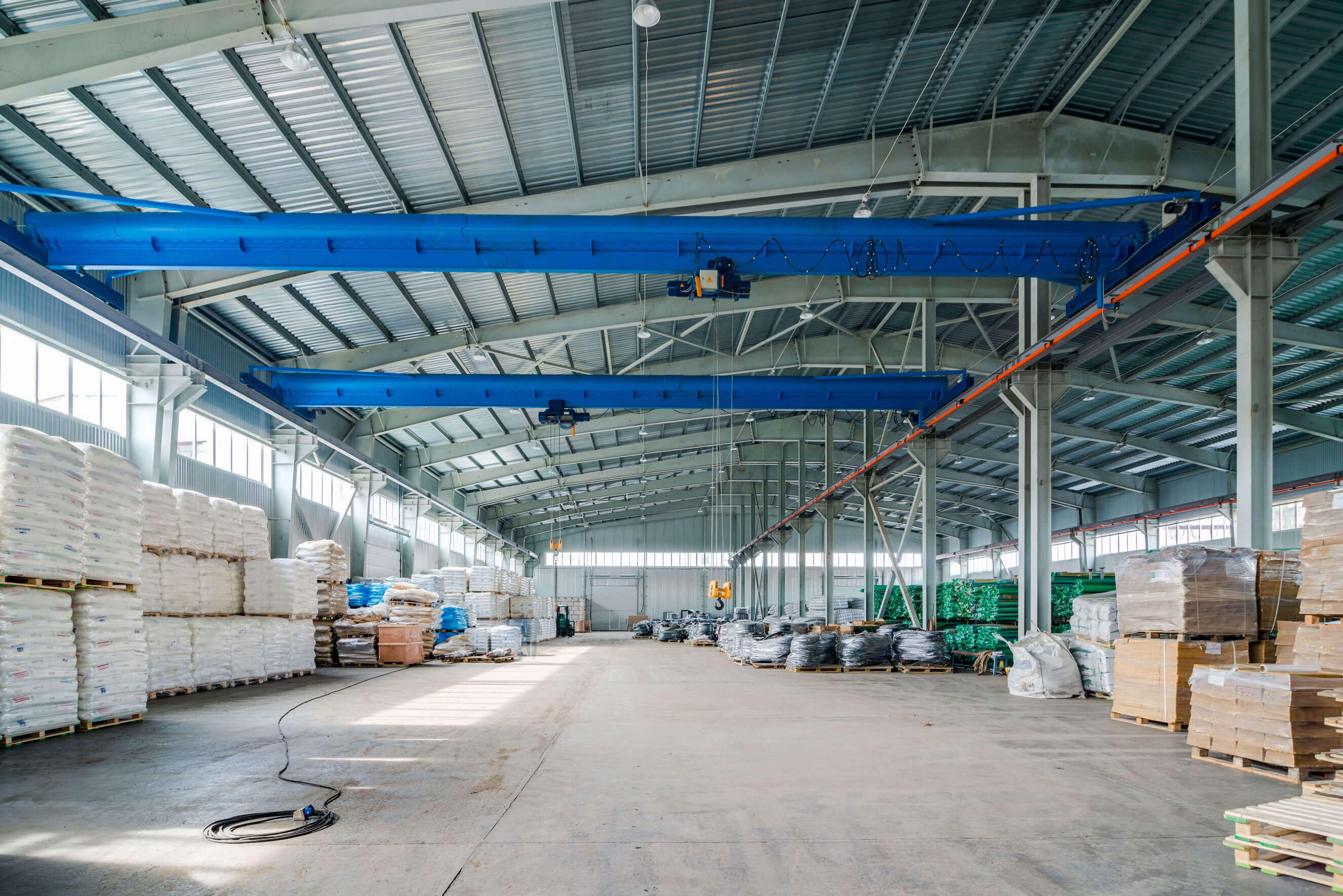Kyanite is a mineral valued
for its distinctive blue color and its use in various industrial applications.
Here are some details about kyanite, including its Chemical Abstracts Service
(CAS) number:
1. Chemical Composition: The chemical formula for kyanite is Al2SiO5, indicating that it is primarily composed of aluminum (Al), silicon (Si), and oxygen (O). It belongs to the group of aluminosilicate minerals, which are characterized by the presence of aluminum and silicon in their chemical structure.
2. CAS Number**: The CAS number for kyanite is 1302-74-5.
3. Physical Properties:
- Color: Kyanite typically exhibits a range
of blue colors, including light blue, dark blue, and bluish-green. It can also occur
in colorless, white, gray, green, or black varieties.
- Crystal Habit: Kyanite commonly forms
elongated, bladed crystals with a characteristic fibrous or columnar structure.
It can also occur as granular masses or in layered aggregates.
- Hardness: Kyanite has a Mohs hardness of
4.5 to 7, depending on the direction of measurement. It is generally harder
than most other common minerals but exhibits variable hardness along different
crystallographic directions, a property known as anisotropy.
- Cleavage: Kyanite exhibits distinct
cleavage along two directions, typically forming prismatic cleavage planes
parallel to its elongated crystal habit.
- Transparency: Kyanite is typically
transparent to translucent, with some specimens exhibiting asterism (a
star-shaped pattern) when cut en cabochon.
4. Formation: Kyanite forms under high-pressure, low-temperature metamorphic conditions, typically within schist, gneiss, and other metamorphic rocks. It often occurs in association with other aluminum-rich minerals such as andalusite and sillimanite.
5. Uses:
- Refractory Material: Kyanite is valued for
its high refractoriness and thermal stability, making it an important raw
material in the production of refractory products such as bricks, mortars, and
castables used in high-temperature applications such as steelmaking,
glassmaking, and ceramics manufacturing.
- Ceramics: Kyanite is used as a ceramic
material in the production of porcelain, sanitaryware, and other ceramic
products due to its high alumina content and thermal shock resistance.
- Jewelry: Kyanite's attractive blue color
and vitreous luster make it a popular gemstone in jewelry, especially when cut
into faceted gemstones or polished cabochons.
6. Health and Safety: Kyanite is generally considered safe for handling. However, as with any mineral dust, precautions should be taken to minimize inhalation of airborne particles during mining, processing, and use to prevent respiratory irritation.
Overall, kyanite is a versatile mineral with important industrial applications, prized for its beauty, durability, and unique physical properties.
If you need further information or have specific questions, feel free to ask!

.jpg)
